Middle School
Year 9 Vis Com | Year 10 3D Art | Year 10 Life Science

Middle School
Year 9 Vis Com | Year 10 3D Art | Year 10 Life Science
Coloured pencil rendering
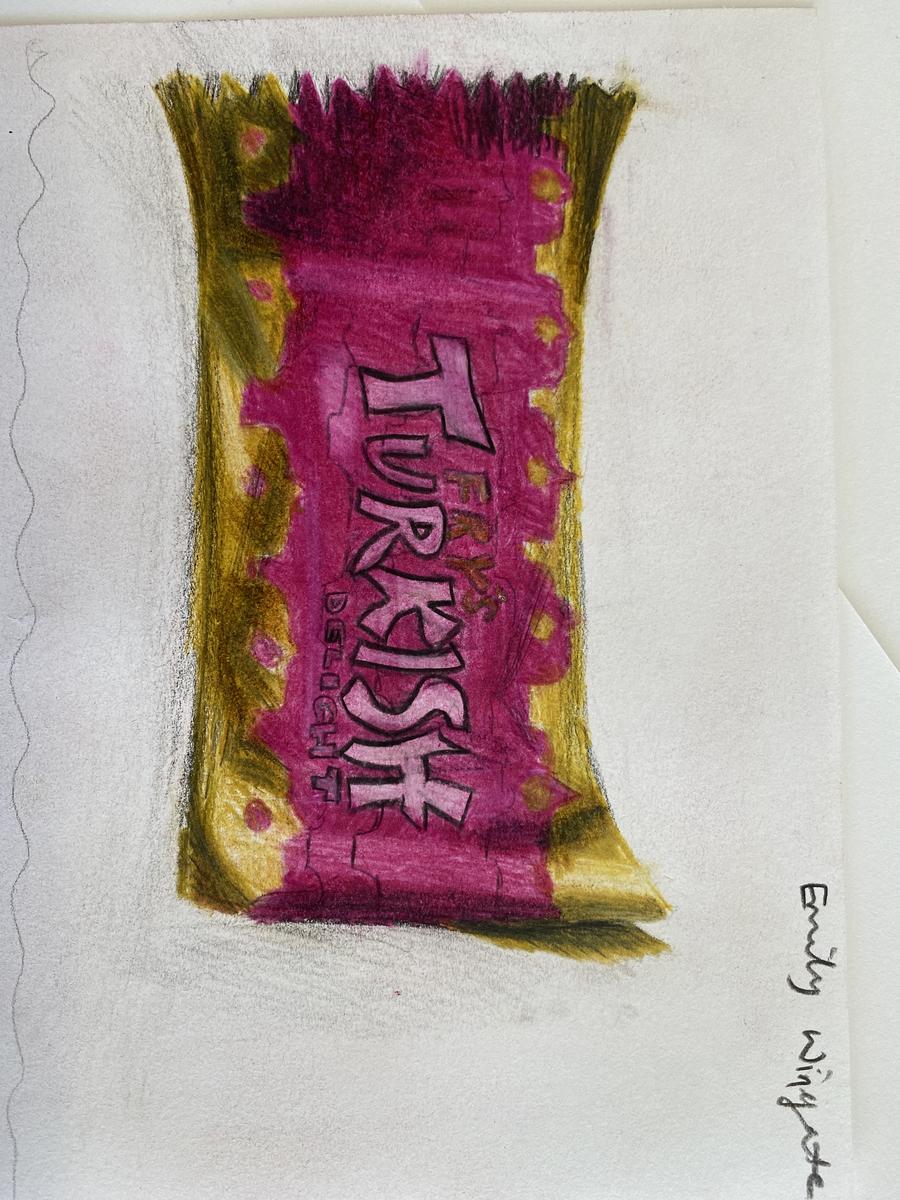
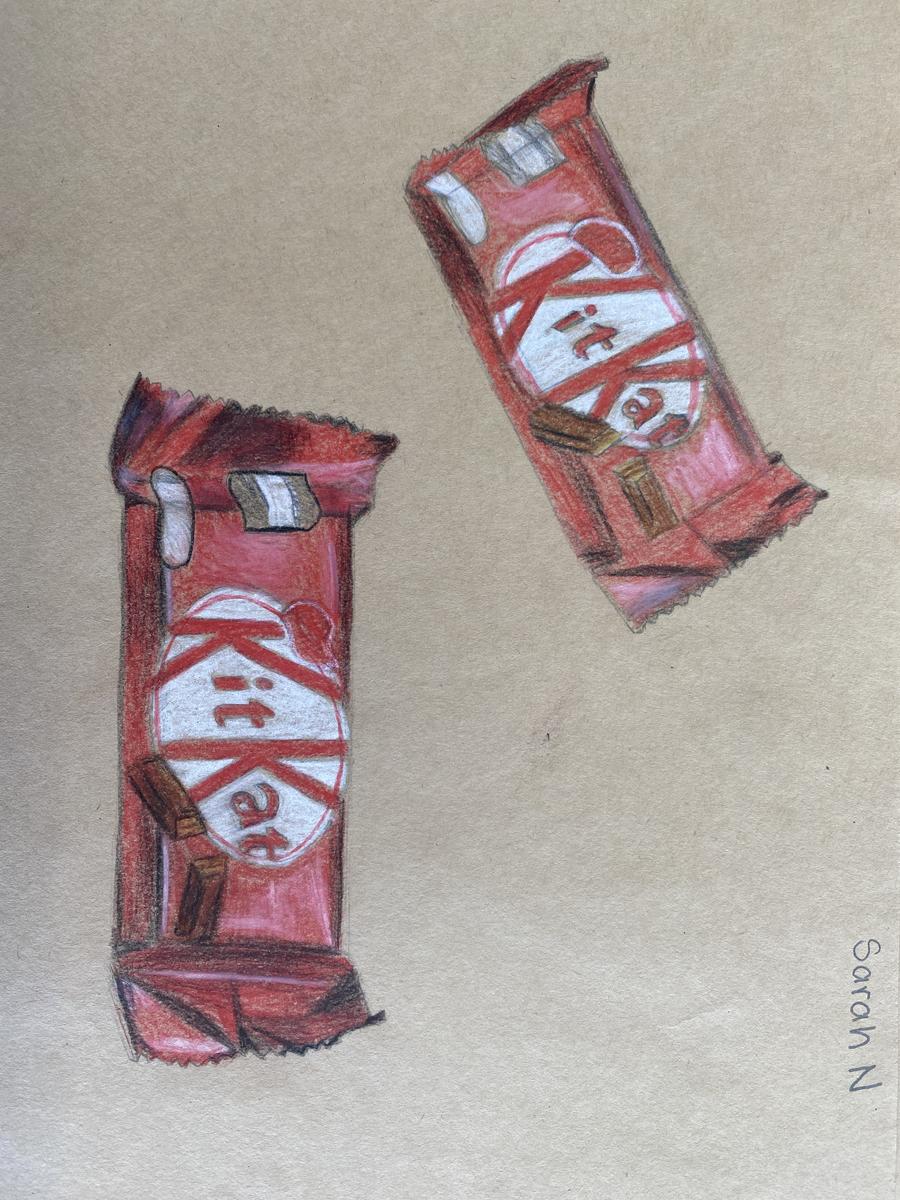


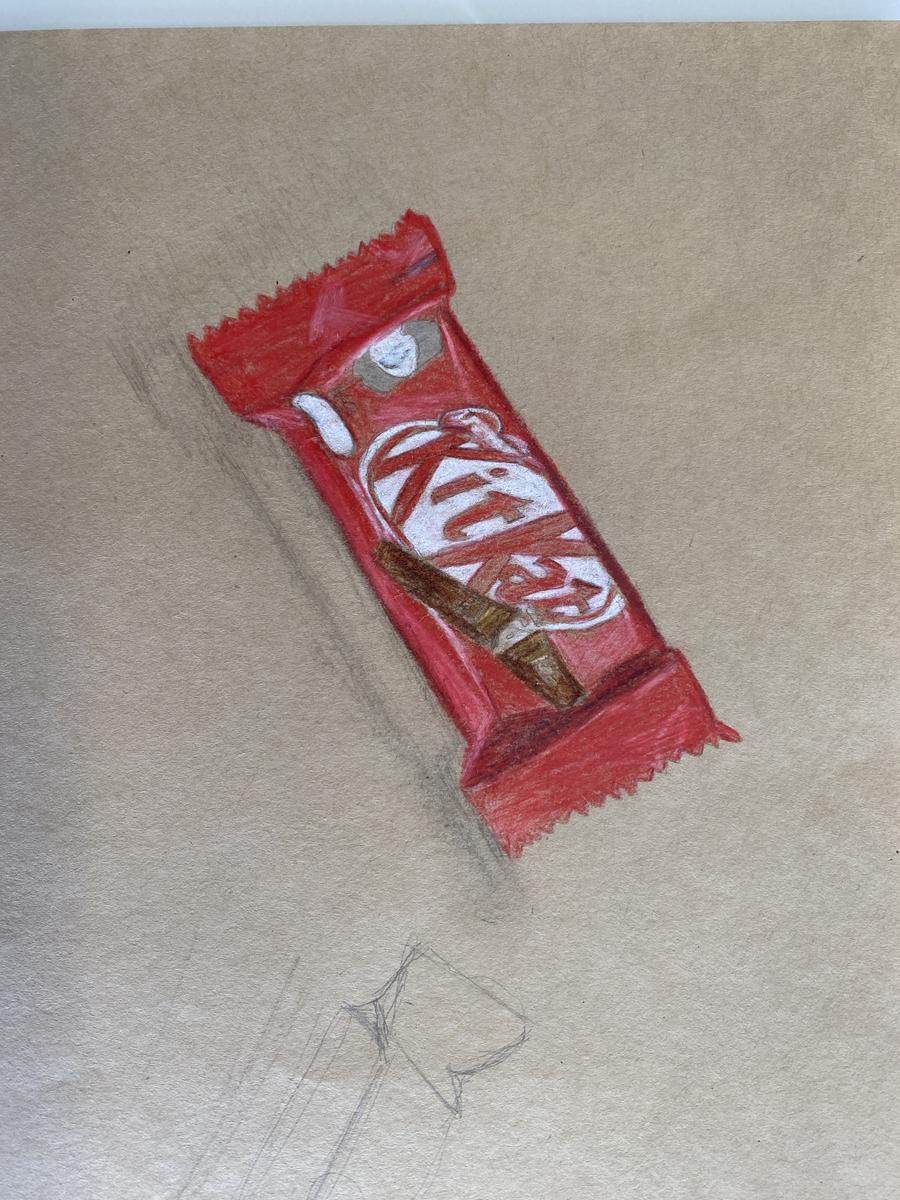



In the last edition of The Cheltonian, the Year 10 3D class had just finished making their 'Kiln Beasts' and they were ready for the kiln! We are pleased to show you the finished result and they have come up a treat! Very creative.
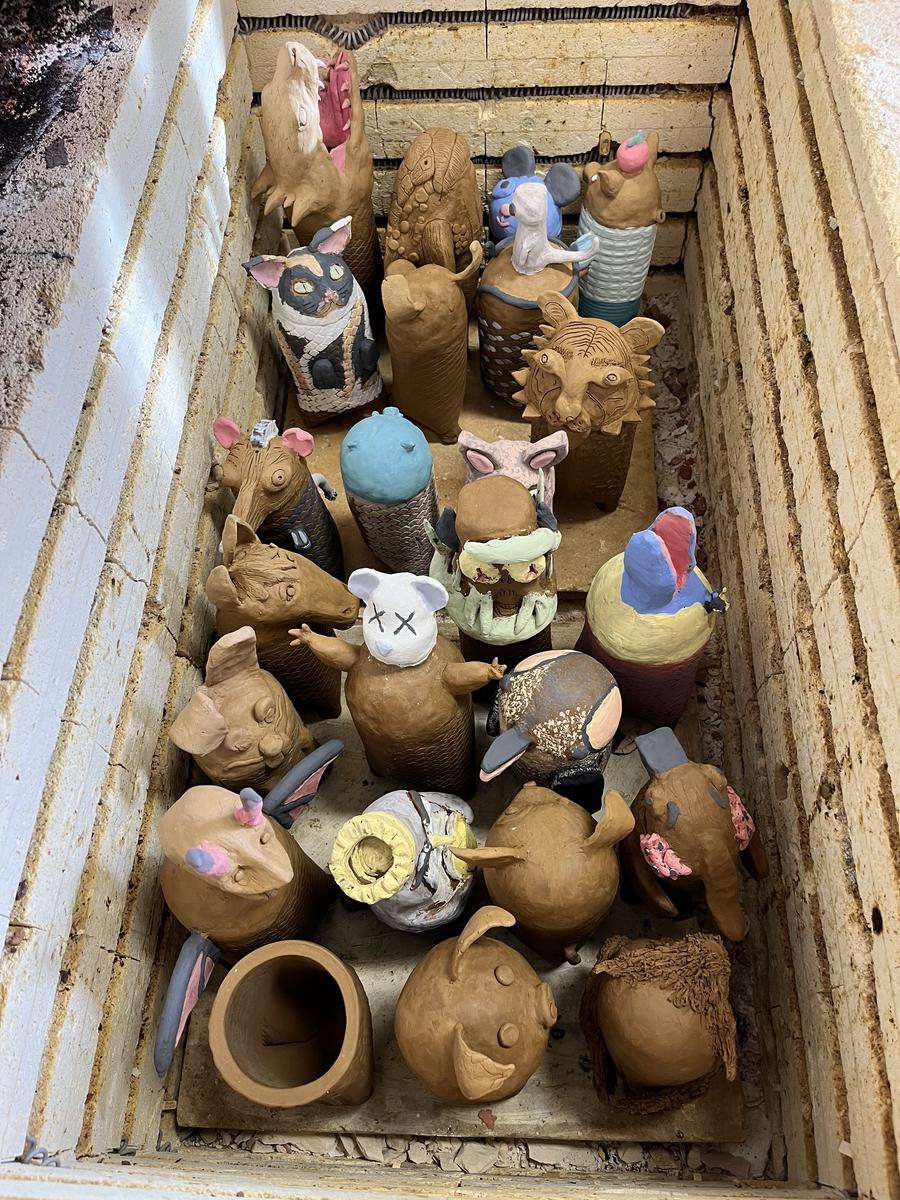

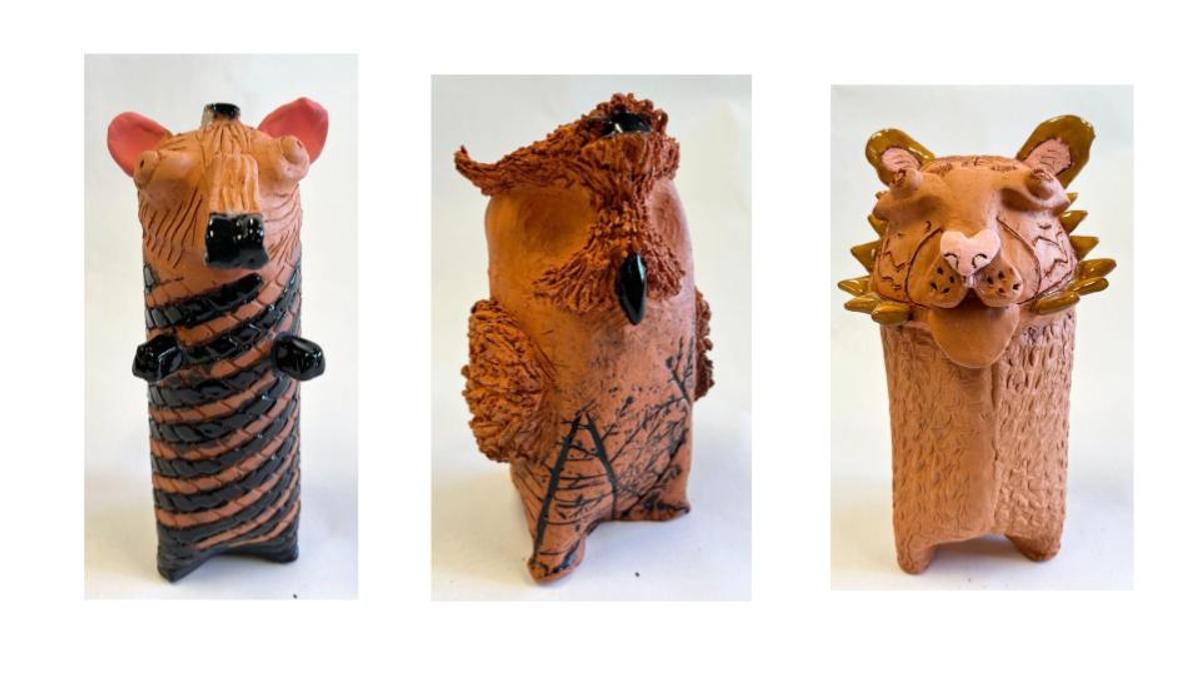

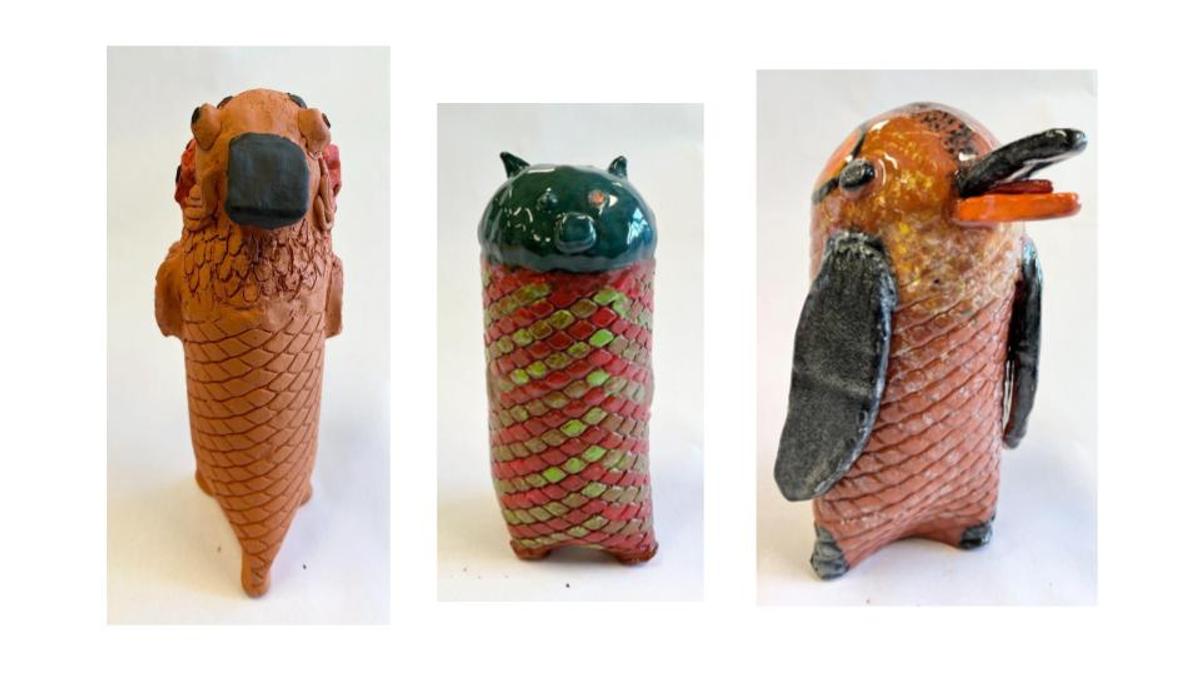



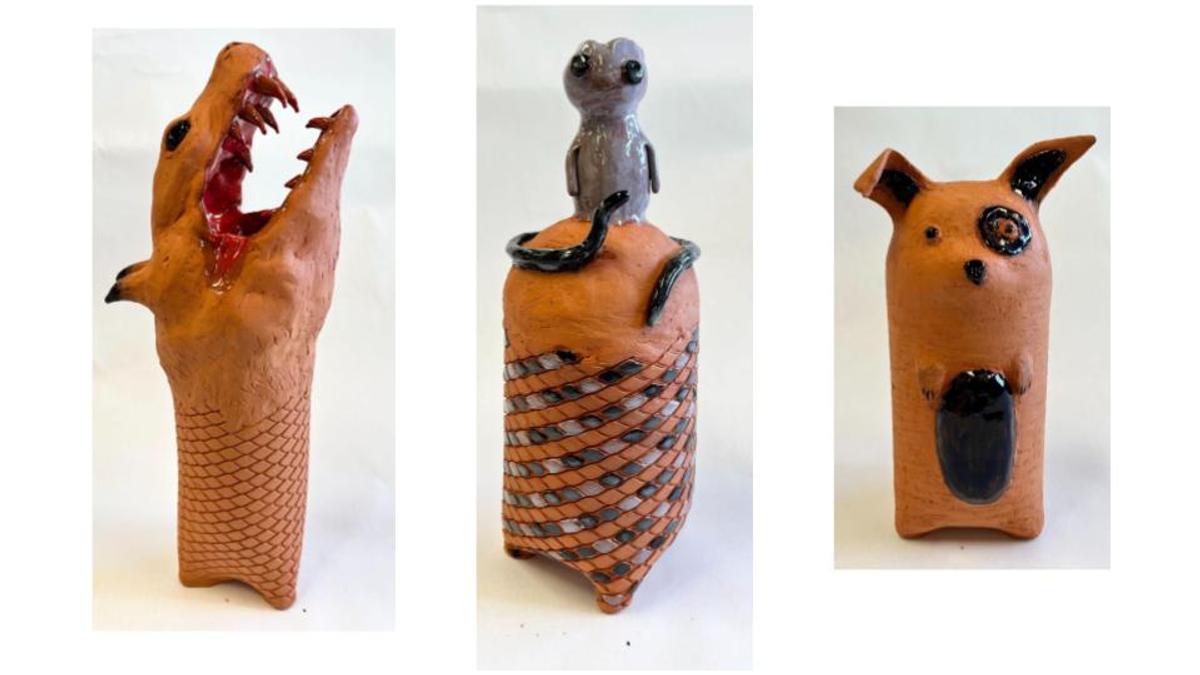
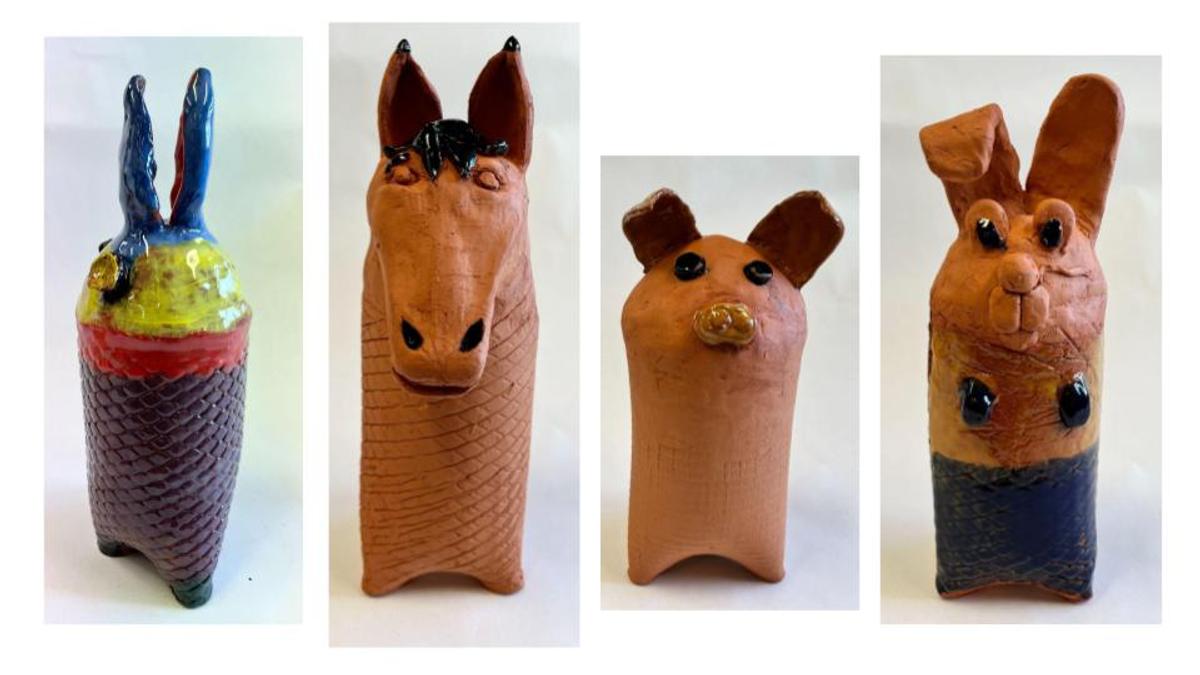
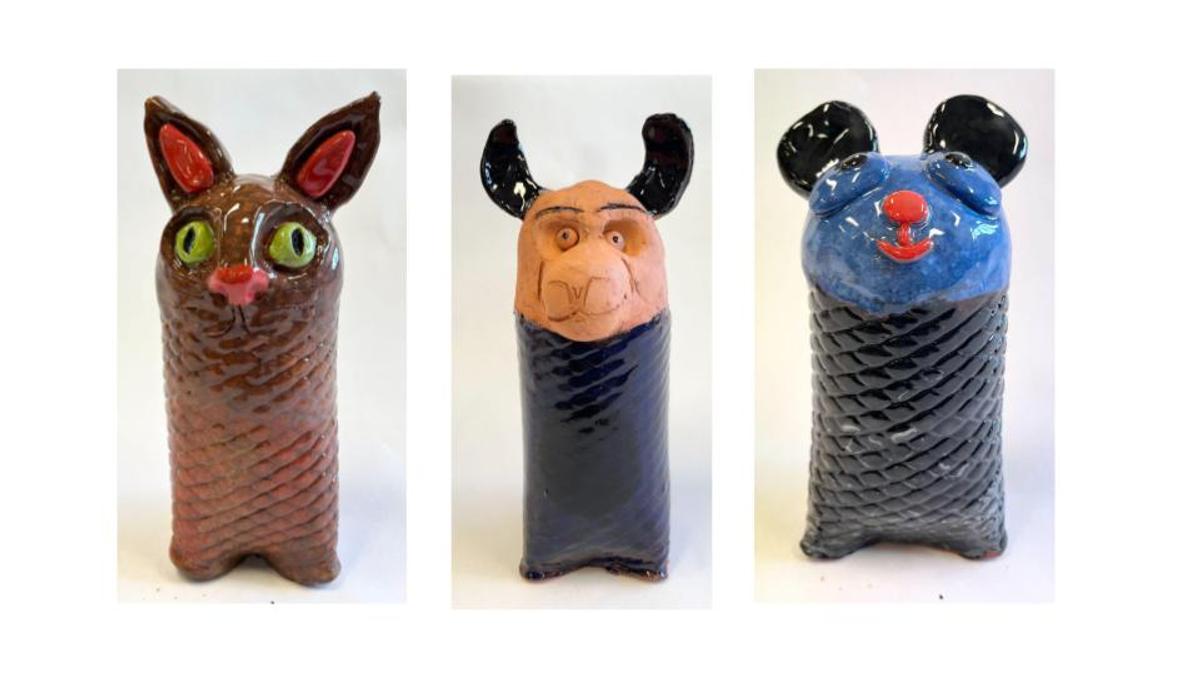
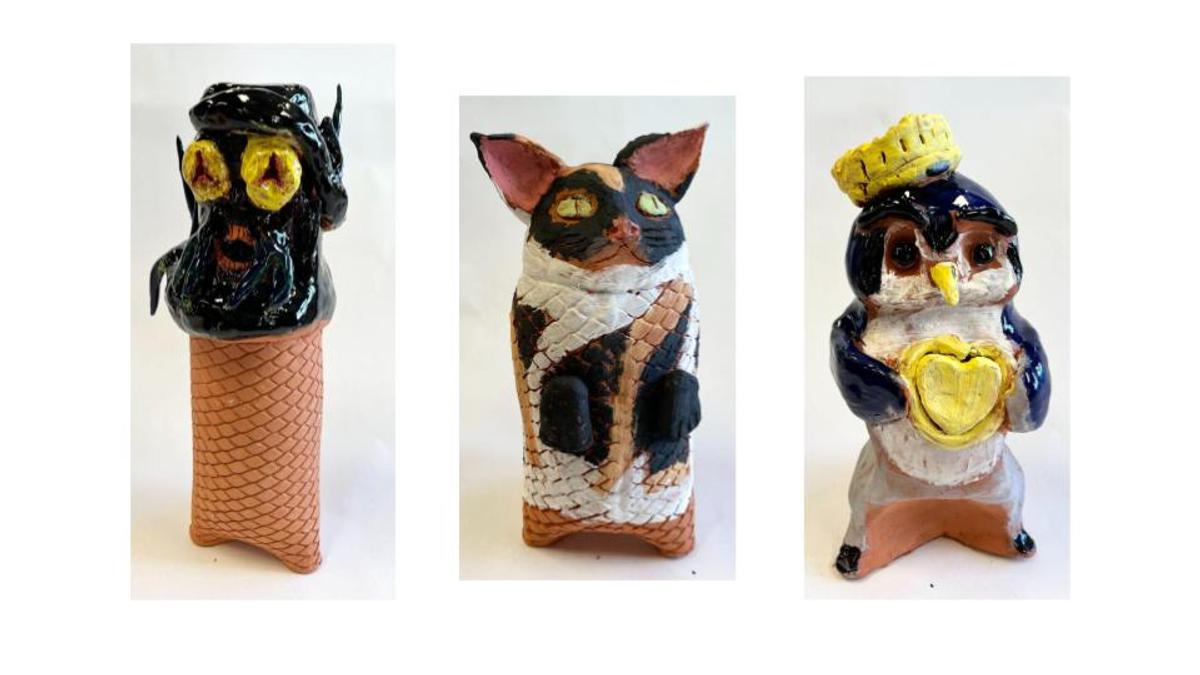






As a part of our study on transport across the plasma membrane, we investigated how the process of osmosis would affect the state of a de-shelled egg. Osmosis is the movement of water from a higher concentration to a lower concentration and is a form of passive transport across the plasma (cell) membrane. In this experiment, we deshelled eggs by letting them soak in vinegar over the course of a couple of days, and we sped up the process by lightly rubbing the eggs to remove the shell. Once the shell had completely dissolved, only a thin layer of the cell membrane was left. We then placed the eggs into either a beaker of distilled water, sugar solution or salt solution. Since the process of osmosis moves water from a high concentration to a low concentration, if the solution we placed the egg in had a lower concentration of water in it (i.e. more of the solute), the water in the egg would move out of the cells, making the egg shrink. We call this a hypertonic solution, and this is the reason why when you put salt on a slug it will shrivel up. In contrast, if the outside of the egg has a higher concentration of water (i.e. less of the solute), the water will move from the outside to the inside of the cells, making them swell up. This is a hypotonic solution. If the concentration is the same for both the outside and the inside, water will move in and out of the cell, and this is referred to as an isotonic solution. - Caitlin F.